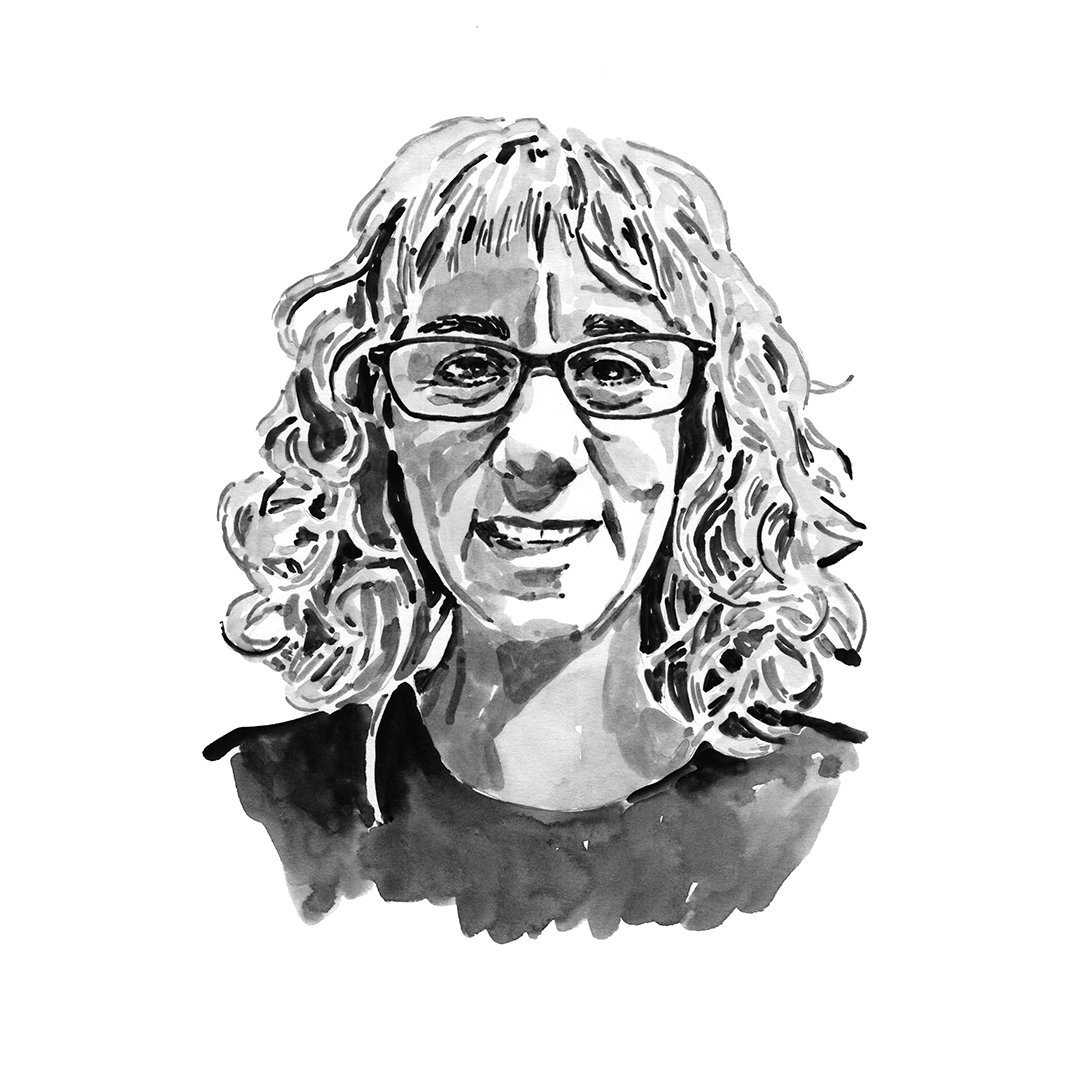Cynthia Awruch

Who I am
My passion for marine life started when I was a child and I used to go fishing with my grandfather. I was born in Buenos Aires, Argentina, where I undertook my undergraduate and Honours studies. In 2002 I moved to Australia to pursue a PhD at the University of Tasmania. My primary research interest involves aquatic vertebrates, mainly fish and chondrichthyans, specialising in the use of physiology and reproductive endocrinology as tools for the conservation and sustainable management of marine wildlife resources. At the same time I conduct basic research into the physiology and reproductive endocrinology of the organism as a whole. I currently lecture at the Institute for Marine and Antarctic Studies at the University of Tasmania, where I am also the research ethics manager. In addition, I hold a senior research position at the Centro para el Estudio de Sistemas Marinos (CESIMAR; Consejo Nacional de Investigaciones Científicas y Técnicas, Argentina). For the past 20 years I have been doing research in both Argentina and Australia, extending my work on the use of non-lethal techniques for the management and conservation of sharks and rays and investigating the effects of marine pollution on the health and reproductive systems of chondrichthyans. As a founding member of the Oceania Chondrichthyan Society, I was in charge of organising the society’s inaugural conference in 2007. I hope that my research will not only provide biological information, but also improve the understanding and development of non-destructive techniques to learn about the biology and physiology of animals, and subsequently to assist with more effective conservation and management programmes.
Where I work
Surrounded by ancient temperate forests in the Tasmanian ‘wild’ west coast, Macquarie Harbour is a unique, beautiful and sometimes challenging place to work in. The west coast of Tasmania is exposed to the ‘Roaring Forties’ and a spot of rain is never far away. This can result in tricky field conditions, particularly during the austral winter. The estuary is a catchment for two major rivers, which are heavily infused with tannins from the forest surroundings. As a result, Macquarie Harbour has a surface layer of darkened fresh water that prevents light from penetrating past the top few metres, creating a twilight environment reminiscent more of the deep sea than a shallow estuary. These unusual characteristics make the harbour naturally impoverished and low in oxygen. Despite this, a small number of fascinating species have been able to adapt to the challenging conditions, including the endangered Maugean skate, found only in this estuary, and a large population of spiny dogfish.
The conditions that make the harbour such a remarkable place also make it convenient for the aquaculture of salmon. The top freshwater layer means that bathing the fish is not necessary, which gives growers a considerable advantage. Furthermore, the rivers flowing into the estuary were commonly used in the past for mining dewatering and thus large amounts of heavy metal pollution were introduced. Along with climate change, these activities have raised concerns about potential environmental impacts on the native fauna of this unique ecosystem.
What I do
Our project will combine work in the field (or on the water) and in the laboratory. At the beginning of the project a typical day will be spent collecting samples in the field – Macquarie Harbour is a breathtaking area! We will set four nets and pick them up after an hour. When we collect a Maugean skate, we will carefully place it in the boat and cover the body with a wet cloth. We will quickly get body measurements (disc width and total length) and take blood from the caudal vein on the tail and sperm from males. The whole procedure will take less than seven minutes, after which the skate will be released back into the water. Semen and blood will be stored for testing in the laboratory. In the laboratory we will measure reproductive and stress health indicators. Once we have our first results, we will meet a team working on science communication to discuss the best platform for publicising our results. Throughout the project we will inform fisheries managers of our results so that they can take the new information into consideration when formulating plans for the recovery of the species. We will also arrange talks – aimed at children as well as adults – to broadcast the results of the project to the community.
